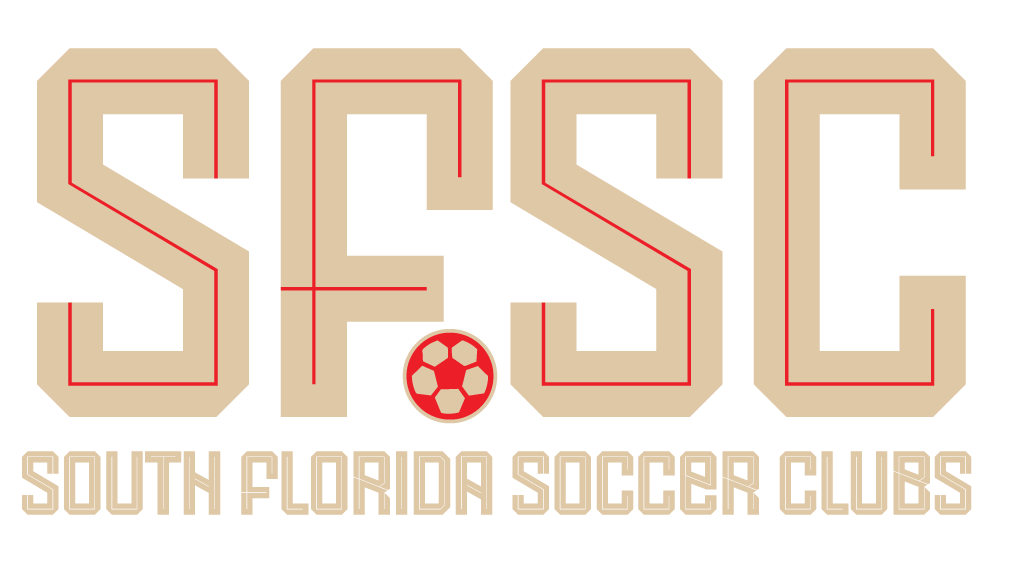
Who’s Really Doing the Favor in Youth Soccer?
By banquillo Editorial Staff.
Youth soccer in the United States is filled with passion, dedication, and sacrifice. Families invest significant amounts of time, energy, and money to support their children’s dreams, often committing thousands of dollars each year to programs ranging from local leagues to elite academies. For many parents, the joy comes in watching their kids grow, not just as athletes but as people.
Yet alongside the rewards, parents also share recurring concerns about how clubs communicate and interact with families. These are not experiences found everywhere many clubs foster open, transparent, and supportive relationships with parents. But enough families describe similar frustrations that it raises an important question: in this system, who is really doing the favor for whom?
A Question of Communication
Some parents describe situations where communication feels one-sided. Coaches may discourage or avoid contact with parents altogether, creating the impression that involvement stops at writing the check. Families sometimes feel more like spectators than partners in the development journey, even though they are the ones sustaining the club financially.
Parents generally understand the competitive realities of the sport, roster rotations, limited playing time, or moving between teams are part of the process. What they hope for, however, is respectful communication and clarity. When information is scarce, and when questions or concerns are dismissed rather than addressed, frustration grows.
Two Different Approaches
Not all clubs operate the same way. Parents often contrast their experiences between two broad models:
- Community-focused clubs: These programs tend to view families as collaborators. They are transparent about costs, provide opportunities for players across levels, and maintain an open dialogue. Parents in these clubs frequently highlight the sense of trust and partnership they feel.
- Badge-driven academies: In other settings, families feel the prestige of the club’s badge sometimes outweighs the player’s individual development. Being selected is framed as an honor, yet the system can feel rigid, and the promised exposure does not always match reality. While some thrive in this environment, others describe feeling voiceless.
Why This Matters
None of this diminishes the value that strong coaching and structured programs bring to the game. Rules, discipline, and high standards help young athletes grow. But when families invest so much, financially and emotionally, they also deserve to be heard. Parents are not asking for guarantees of playing time or victories; they are asking for respect, transparency, and partnership.
The Bigger Picture
Youth soccer works best when everyone, players, coaches, and families, sees themselves on the same team. Communication is not a distraction from development; it is part of it. When clubs and families move in sync, children benefit the most, and the sport grows stronger as a whole.
Parents notice the difference:
“We’re not paying so the coaches can play coach. We’re paying for development and exposure for our kids. If a club can’t deliver that, then what exactly are we paying for?”
“Sometimes it feels like they think they’re doing us a favor letting our kids play. But without the parents, there is no club. Period.”








